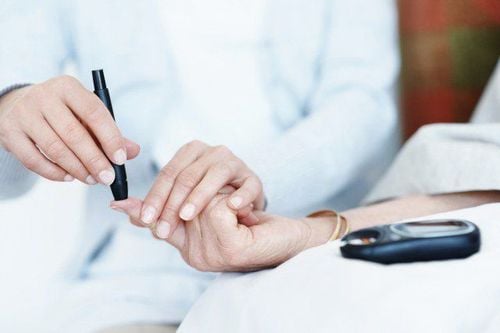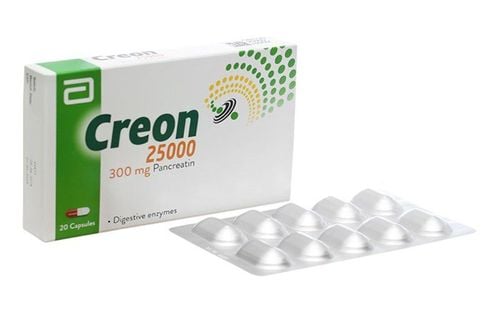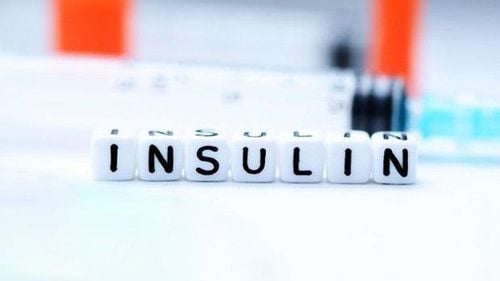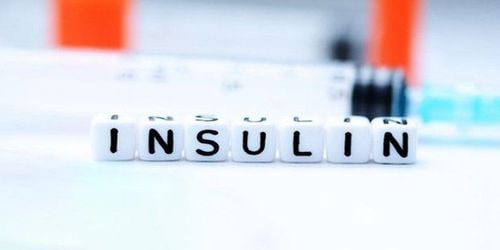This is an automatically translated article.
The article was written by Pharmacist Quang Anh Nguyet - Pharmacist of Faculty of Pharmacy - Vinmec Central Park International General Hospital.
Diamicron is one of the medications taken by mouth to treat diabetes mellitus (diabetes). Diamicron contains the active ingredient Gliclazide (a member of the sulfonylurea group), which lowers blood sugar by stimulating insulin secretion from the beta cells of the pancreas.
1. Who should not use diamicrons?
Do not use Diamicron in humans
Hypersensitivity to gliclazide or excipients or to other sulfonylureas or to other sulfonamides. Type 1 diabetes, especially childhood diabetes, acidosis, severe ketosis, diabetic coma or pre-coma. Renal failure, severe liver failure. Co-administration with miconazole. Breastfeeding.
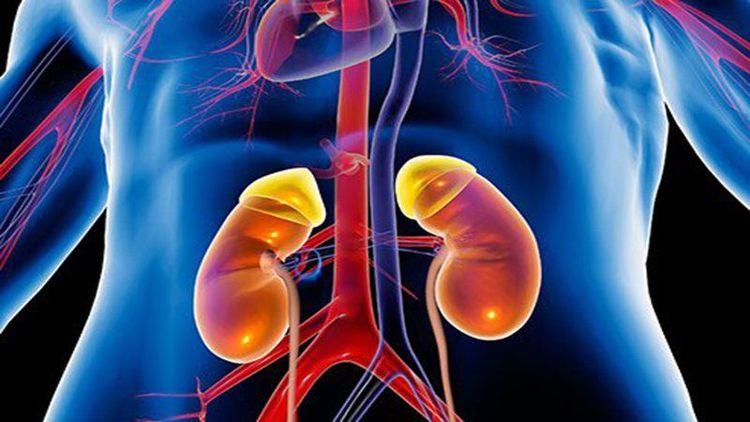
Bệnh nhân suy thận chống chỉ định sử dụng thuốc Diamicron
Caution when using Diamicron for the following subjects:
Elderly patients. Malnutrition . Irregular eating. Endocrine disorders (thyroid, pituitary, adrenal insufficiency).
2. Precautions when using Diamicron?
Hypoglycemia easily occurs when the diet provides little energy, after exercise, drinking alcohol, or in combination with other hypoglycemic drugs. Regularly monitor blood sugar and urinary glucose. During pregnancy, oral antidiabetic drugs should not be used. It is important to switch from oral medication to insulin immediately if you want to become pregnant or find out that you are pregnant. Breastfeeding is not allowed during treatment.

Trong quá trình sử dụng thuốc, mẹ không nên cho con bú
3. Side effects when using Diamicron and how to handle?
Hypoglycemia, digestive disorders (nausea, dyspepsia, diarrhea, constipation). Treatment: Take the drug with meals, in case of severe hypoglycemia: intravenous hypertonic glucose infusion.
Skin rash, mucous membranes, leukopenia, thrombocytopenia, increased liver enzymes, hepatitis. Treatment: Stop taking the drug.
4. Interactions between Diamicron and other drugs?
4.1 Interactions causing hypoglycaemia
Combined contraindications: Miconazole (systemic route, oral gel): Increases hypoglycaemic effect with risk of hypoglycaemia, even leading to coma. Phenylbutazone (systemic route): Increases the hypoglycaemic effect of sulphonamides (due to decreased binding of sulphonamides to plasma proteins and/or decreased elimination of this substance). Alcohol: The "antabuse" effect. Hyperreactive hypoglycaemia (inhibition of compensatory responses, possibly leading to hypoglycemic coma). Beta-blockers: Masks some of the symptoms of hypoglycemia, such as palpitations and tachycardia. Fluconazole: Increases the half-life of hypoglycaemic sulphonamides. ACE inhibitors (captopril, enalapril): Increases the hypoglycaemic effect of hypoglycaemic sulphonamides.
4.2 Interactions causing hyperglycemia
Combination advice not to use: Danazol Chlorpromazine (nerve sedative): High doses (100 mg/day) increase blood sugar by reducing insulin release. Glucocorticoids and tetracosactrin (systemic and local): Hyperglycemia sometimes ketosis (due to corticosteroids decrease glucose tolerance). Beta 2 sympathomimetic drugs (ritodrine, salbutamol, terbutaline): increase blood sugar.

Thuốc Diamicron có thể gây tăng đường huyết khi sử dụng với một số loại thuốc khác
4.3 Interactions causing dysglycemia
Fluoroquinolone: Concurrent use of Glilazide (Diamicron) and Fluoroquinolone has a risk of causing blood sugar disturbances. Warfarin: Concomitant use of Diamicron and Warfarin leads to a risk of anticoagulants.
If you notice any unusual health problems, you should visit and consult with a specialist.
Please dial HOTLINE for more information or register for an appointment HERE. Download MyVinmec app to make appointments faster and to manage your bookings easily.
SEE MORE
Side effects of diabetes medications Type 2 diabetes medications What are drug interactions? Causes and symptoms




